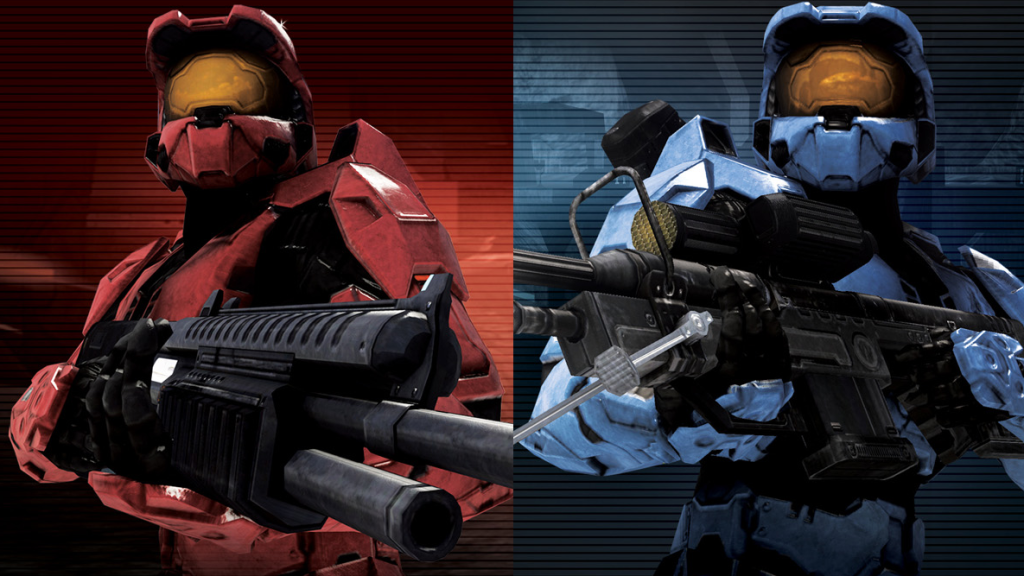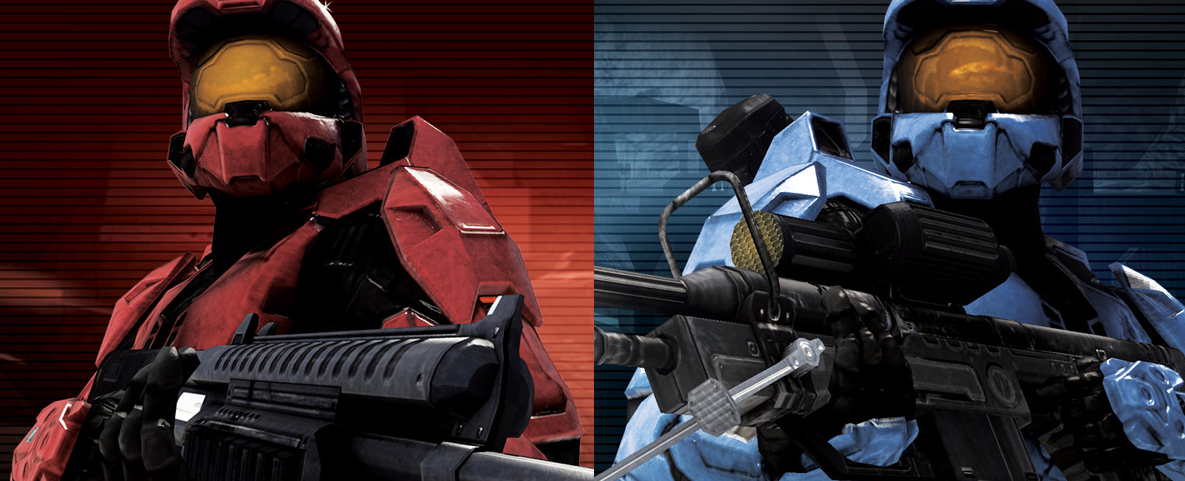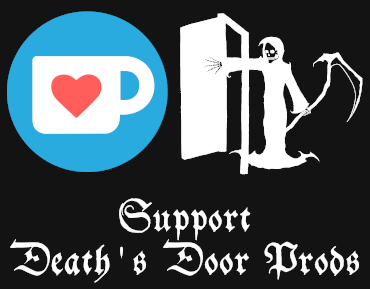
I’ve decided that it was high time I published another UPLC article, but I’ve decided to try something new with this one. Instead of doing 3-5 shorter entries following a theme, I thought I’d focus the article on a single, more pivotal aspect and hopefully go into better detail when explaining it. Sounds good to you? Well, too bad, it’s happening anyway. Trying new things, away!
This issue, I felt I should try to shine a light on one of the most widespread character relationships in not only anime and manga, but in many western shows as well. It can be referred to in many ways, but the way I’ll do it in the article is the Red Oni/Blue Oni relationship. It gets its name from the fact that, in Japanese folklore, oni (demons) typically come in two flavors, red and blue. Over time, people began ascribing character traits to each type. In short, this is typically a relationship between two people (or factions, planets, etc.) where one is fiery and impulsive (red), and the other is calm and strategic (blue). Many different other traits come along with these characters, but some of the most common are opposing elemental powers such as fire and ice/water or, in absence of that, many comparisons to elemental things, i.e. hot-headed or ice queen, The most obvious examples lie in the shonen genre, where they’re often color-coded for your convenience, but you can find this trope in a huge number of series’ ranging through all age groups and genres.
To use an example that we’ve seen before (in the Anime Club), Jin and Mugen from Samurai Champloo are textbook examples of this relationship. Mugen is brash and impulsive, living and fighting on almost pure instinct, with little or no structure to basically anything he does; Jin, on the other hand, lives an extremely structured life and has his emotions well under control. While not sharing the exact same character traits, these kinds of pairings can be found throughout shonen series’, such as Naruto and Sasuke (Naruto), Ichigo and Uryuu (Bleach), Ayano and Kazuma (Kaze no Stigma), Ed and Al (Fullmetal Alchemist), etc.; I could keep going, but I think that gets my point across.
Of course, while these relationships are often played at face value, the also very often aren’t; both Red and Blue Oni characters can have hidden depths to them that deviate from the textbook definition. To use Bleach as an example, Kisuke Urahara is basically two characters in one: Mr. Hat & Clogs, the laid back, back alley curio shop owner, and Captain Urahara, captain of the 12th Gotei squad, founder of the research division, and former leader of the 2nd security division. While Reds are, on the surface, very emotional and impulsive, it frequently hides a terrifyingly calm and ruthless interior that comes out when they perceive danger to those close to them (Shichika from Katanagatari is a near perfect example of this). Conversely, Blues appear very calm and collected but are often wound far too tightly and if you manage to pierce that outer shell, they will explode (only sometimes literally) uncontrollably (think Piccolo or Vegeta from Dragonball Z).
These examples are more or less all shonen, as you may have noticed, but that’s because they’re the best way to show examples of this particular trope, everything is cut and dry with little room for deviation. With this, you have the building blocks you need to pick out all the intricacies of these relationships in the more complex occurrences, of which there are many, but now you have the tools at your disposal to appreciate this aspect of anime and manga more readily. Hurray for you!




Add comment